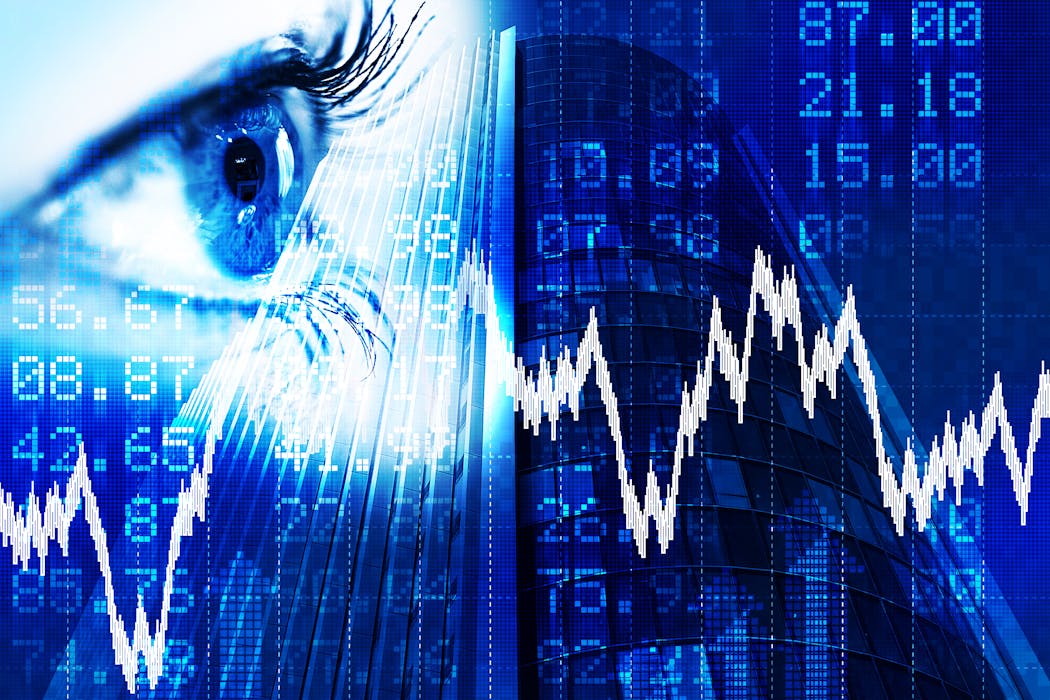Source: The Conversation (Au and NZ) – By Alex Simpson, Associate Professor in Criminology, Macquarie University
Youth crime is never far from the public consciousness, but Victorian Premier Jacinta Allan’s announcement of “adult time for violent crime” has brought the issue back into sharp focus.
The proposed changes would see children as young as 14 tried in adult courts, possibly facing life terms. The move comes just one year after Victoria became the first state to raise the minimum age of criminal responsibility from 10 to 12.
For context, the United Nations and the Australian Human Rights Commission’s recommended age is 14.
Victoria’s move follows Queensland’s “adult crime, adult time” laws, which target children as young as ten, and were recently expanded. Similarly, in New South Wales, tough new bail laws targeting children have resulted in more children spending longer in NSW jails.
The government in the Northern Territory has also lowered the age of criminal responsibility to ten and reclassified some crimes to make it harder for young people to access diversion programs.
Based on these punitive responses, you’d think youth crime was at crisis levels nationally. But what do the data say? Let’s take a close look at the numbers.
Fewer youth offenders
Across Australia, youth offending has been broadly in decline for some time now.
According to latest Australian Bureau of Statistics (ABS) data, in 2023–24 there were 1,764 offenders per 100,000 people aged 10–17, down 28% in ten years.
This includes significant drops in the offender rate across theft, illicit drug offences, unlawful entry and public order offences. The offender rate is an ABS measure for the most serious offence committed by the offender in the measurement period, per 100,000 people aged 10–17.
Across this time, there were some increases. For example, robbery increased per 100,000 aged 10–17 from 46 to 75, weapons offences from 36 to 60 and assault from 370 to 430. These are categories that have repeatedly caught the public eye in the media and political rhetoric.
Assault, however, was slightly lower (1.5%) than the previous year and 23% down from its high in 2009–10. Robbery was similarly down (15%) compared to its 2009–10 high.
But a quick word on the importance of choosing the right data. Comparing crime statistics in Australia is a notoriously tricky task. Not only does each state and territory have its own laws and definitions, but each has individual agencies that count and record crimes in slightly different ways. Even seemingly straightforward categories can vary significantly.
To address this comparability problem, the ABS uses the Australian and New Zealand Standard Offence Classification. This system maps each state and territory’s unique offence codes onto a standardised classification framework, allowing for more meaningful comparisons across jurisdictions.
But it typically takes about 12 months to publish. Despite the delay, it is the most accurate comparison of states and territories.
The offender rate, while the best data we have, only measures individual offenders, recording their most serious crime. The offender is only counted once, irrespective of how many offences they committed.
So could the number of offenders be down, but the number of serious crimes be up? It’s possible, but given the 28% drop in youth offenders over ten years, it’s unlikely.
And the same ABS data show there are fewer offenders overall, regardless of age. It recorded the smallest number of offenders in 2023–24 since tracking began in 2008-09.
It’s also worth remembering that crime statistics only capture crimes being reported. They are less accurate for common crimes such as sexual offences, domestic and family violence, or simply when victims are marginalised in society. They also don’t tell us the reasons why crime maybe going up or down.
Sustained drops across the country
So using the ABS data, not only have we seen a drop in youth offenders overall, but all states and territories show a significant and sustained drop, including in the lead-up to the introduction of new laws.
In the key states that introduced new measures (Queensland, New South Wales and Victoria), each state showed a ten year drop in the offender rates of unlawful entry and theft offences committed by people aged 10-17. NSW and Queensland each showed drops in offender rates of weapons offences per 100,000 people aged 10-17.
While each state did show an increase in acts intended to cause injury, these are largely modest.
For example, NSW rose from 440 per 100,000 people aged 10–17 in 2013–14 to 498 in 2023–24. But despite this increase, it’s actually a drop compared to 2022–23, which recorded 516 per 100,000 aged 10–17.
Similarly, Victoria rose from 323 in 2013–14 to 375 in 2023–24 and Queensland 341 to 447 over the same time.
NT has seen the biggest drop, from 5,900 offenders in 2013–14 to just under 4,000 in 2023–24. There were also reductions in acts intended to cause injury and unlawful entry with intent, while weapons offences were lower in 2023–24 (162) compared to 2021–22 (167).
These numbers are not at the level to sustain an argument for a crisis in youth crime, despite the high-profile media attention.
Who’s hurting the most?
Despite this overall drop in youth offenders, Australian Institute of Health and Welfare data show that, between 2020 and 2024, the number, in real terms, of young people in detention on an average night increased from 791 to 845.
Of these, 60% were First Nations, highlighting how detention policies disproportionately impact First Nations young people.
The state with the biggest increase in this period was Queensland, which went from an average of 207 First Nations youth incarcerated in 2020 to 317 in 2024. This equates to 35% of all children incarcerated in Australia.
So not only have we seen an overall reduction in the number of youth offenders nationally, even before new harsher laws came into force, the increased incarceration of children had already begun.
Politicising youth violence
Like so many responses to crime, political judgement often becomes more punitive as it enters an election cycle. This is what happened in Queensland and we are seeing it again in Victoria ahead of the next poll in 2026.
The Victorian government went from being the first jurisdiction in the country to legislate to raise the age of criminal responsibility in 2023, to saying in its adult time for violent crime announcement:
we want courts to treat these violent children like adults, so jail is more likely and sentences are longer.
Doing so means that, once again, state and territory policies on crime, particularly youth crime, diverge significantly from expert knowledge.
We know these policies violate Australia’s human rights obligations. We know they have a severe and disproportional impact on First Nations children. We know they contradict evidence-based research on what works and that they’re expensive.
The result is more young Australians deliberately and consciously placed in prison more often and for longer, with significant long-term consequences.
Alex Simpson does not work for, consult, own shares in or receive funding from any company or organisation that would benefit from this article, and has disclosed no relevant affiliations beyond their academic appointment.
– ref. Is Australia in a youth crime crisis? Here’s what the numbers say – https://theconversation.com/is-australia-in-a-youth-crime-crisis-heres-what-the-numbers-say-270375












